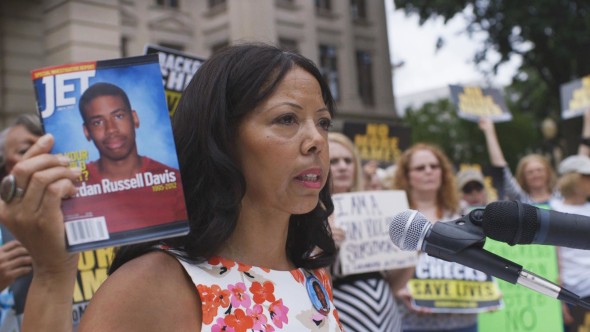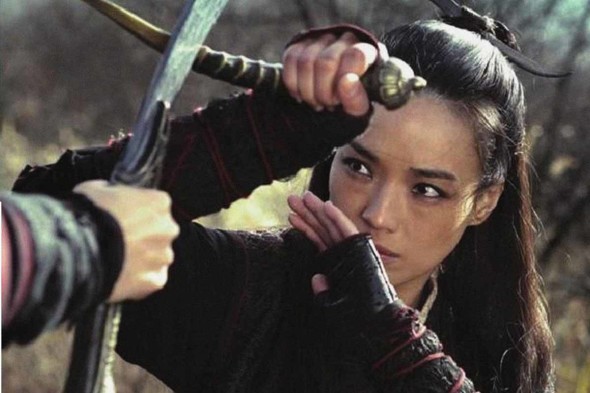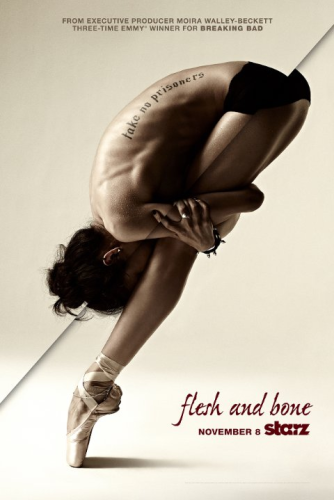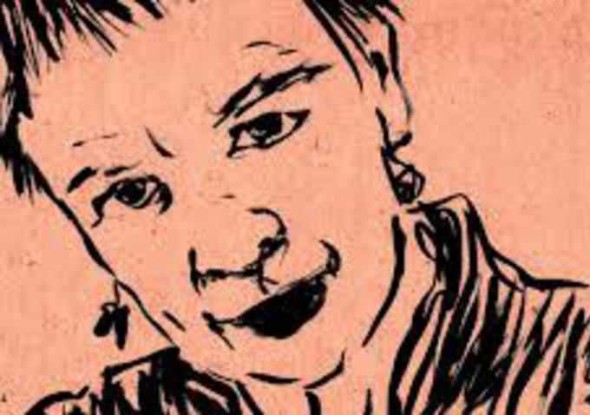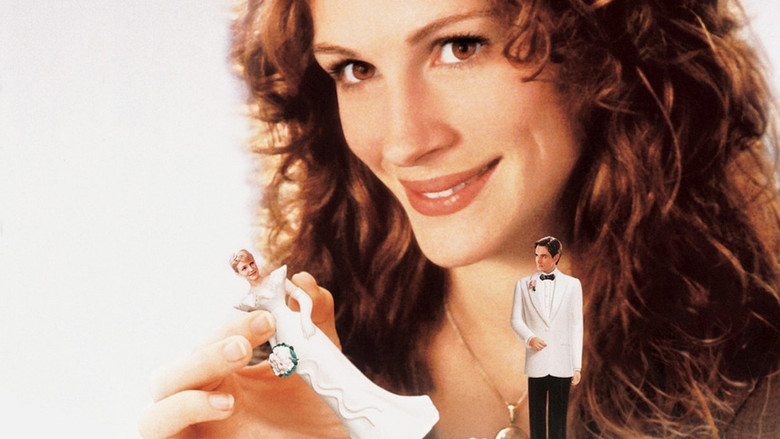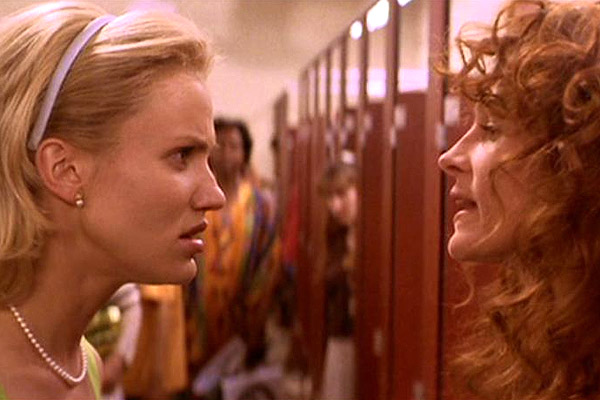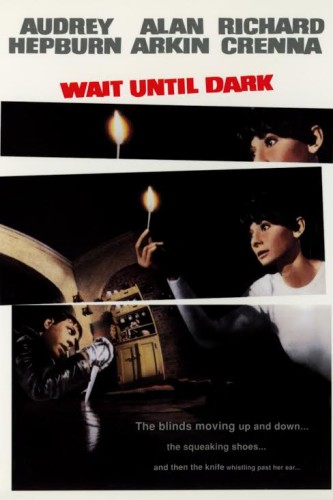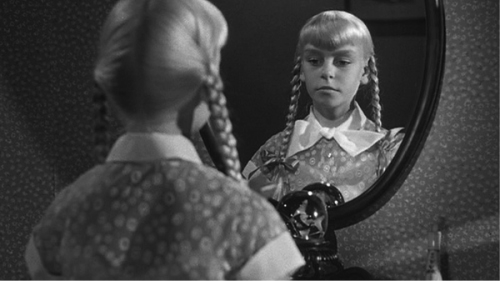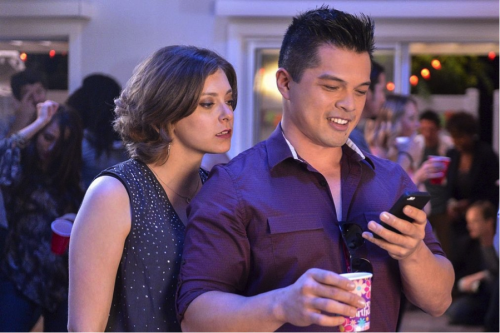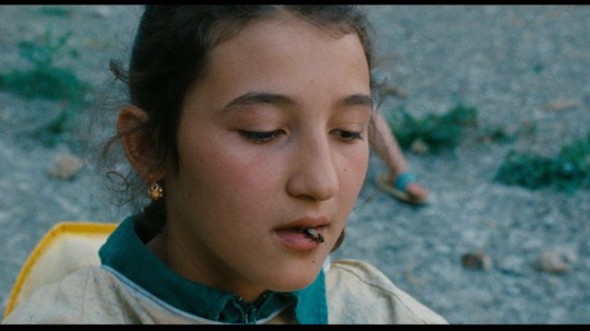The following is partly a modified repost.
Enough unarmed Black people have been shot by white people (including cops) in the past few years that, except for the most famous cases, the circumstances of each shooting has begun to blur into the others. We hear a victim’s name that sounds faintly familiar and we have to ask ourselves, “Wait, what happened to him (or her) again?” We know the victim ended up dead but we forget what took place before–and in the few cases in which the killer is put on trial, what took place afterward.
Marc Silver’s documentary 3 1/2 Minutes, Ten Bullets, which airs on HBO Monday, Nov. 23, won a Special Jury Prize at Sundance and is an attempt to remind us of the particulars in the shooting of Black, suburban teenager, Jordan Davis, on the third anniversary of his death. The three and a half minutes of the title refers to the total amount of time Davis and his friends were in a car at the combination gas station and convenience store when he was shot and killed by a white man, Michael Dunn, who had parked next to their vehicle. As is mentioned in the film, the media glommed onto the dispute between the two being about “loud music” when the shooting was, at its core, about white fear of Black people.
The film focuses on Dunn’s trial (the verdict of which I had forgotten) in which he famously claimed that Davis had a gun (which no witness saw and we see police tell Dunn in their own video “There were no weapons in the car,”) and so used the same “stand your ground” defense (in which one doesn’t have to be threatened to shoot and kill but just to “feel” threatened) under the Florida law which was the basis for George Zimmerman’s acquittal. Dunn had, according to his fiancée, Rhonda Rouer, downed many rum and cokes before the incident (they had just come from his son’s wedding reception) so was probably driving drunk–and could have been pulled over for doing so. But of course no additional consequences exist for grabbing and shooting a gun while under the influence.
Dunn, with his dead eyes, a mouth that always seems on the verge of a smirk and a voice that sounds like that of a mild-mannered cartoon character is not a bright man, as his jailhouse letters and phone calls (excerpts of which we hear over stunning footage of Jacksonville: the cinematography is also by Silver) attest. We hear Rouer at one point tell him firmly that they should discuss the legacy of his actions (he postures himself as some kind of cultural hero) “at another time.” She was probably cognizant that whatever he said to her could be used against him. He readily admits to being a killer but repeatedly denies he’s a racist, though his remarks about other prisoners and the teens, including Davis, in the car he shot at say otherwise.
In spite of his claims, and his high-priced attorney trying to sew doubt in the jurors’ minds (and media coverage of the trial giving equal time to the defense’s arguments, no matter how specious) we come to understand Dunn shot and killed Davis because the teen annoyed him. Throughout the trial and outside the courtroom, Dunn expresses as much remorse for this killing as another person would for swatting a mosquito or a gnat. He’s an extreme example of a mindset that many white people in the US have, including those in Jacksonville, and we hear (briefly) from another local racist (who also probably doesn’t consider himself a racist) outside the courthouse and see, in beach footage, one woman’s swimsuit bottom is decorated with a large Confederate flag.
The courtroom drama of 3 1/2 Minutes is as compelling as that of any narrative film. Outside the court, the film features Davis’s parents, Ron Davis and Lucia McBath, talking about their son and even includes home movies of when he was a baby, so I didn’t expect the moment I started to cry would be during Rouer’s testimony. She was, after all, the person who partied with Dunn in their hotel room after she knew that he had shot Davis (the film never reminds us that the two drank more and ordered pizza after the killing) and apparently she never told Dunn to turn himself in (Dunn was arrested when they returned home, but only because a witness noted his license plate). In the jailhouse calls with Dunn she’s supportive and talks about how much she loves and misses him, as Dunn, convinced he’ll be acquitted says the first thing he’ll do when he’s out is “make love” to her. When she’s first sworn in, the camera focuses on her shaking hand (she even raises the wrong hand) as she takes the oath. With her final testimony we find out why she’s so distraught. In her earlier testimony she had told the jury about the conversation she and Dunn had before she had left the car to go into the store (a little before he shot Davis) “He said, ‘I hate that thug music,’ and I said, ‘I know,”’ and the resignation and hopelessness in her voice at that earlier moment takes on a deeper meaning.
I’m not sure why I cried during her testimony. Perhaps because if more white people told the truth (the bar is so low) either about their actions or about those of their fellow white people, more of the victims’ families might see some justice.
[youtube_sc url=”https://www.youtube.com/watch?v=RKbCoRA__UI” iv_load_policy=”3″]
We don’t see much of the anti-gun advocacy, Davis’s mother, McBath, took up after Davis’s death, except a brief look at her testimony before Congress, in which the oily piece of slime known as “Ted Cruz” counters her. We never hear much of what she’s thinking during the trial: the in-depth interviews are with Davis’s father. In 3 1/2 Minutes we mainly see McBath cry and sometimes pray, which I’m sure she’s done plenty of, but is not all that she’s done.
To see the aftermath of the trial, watch the excellent and multi-layered documentary The Armor of Light, the first film directed by Abigail Disney who has had a prolific career as the producer of films including She’s Beautiful When She’s Angry, Pray The Devil Back to Hell, and Vessel. Much of the film’s promotional materials emphasize the trajectory of Rob Schenck, a white Evangelical minister and fixture of the far right, who comes to see his “pro-life” views must include a stand against the National Rifle Association (NRA). But the more interesting person in the film (who gets about equal screen time) is McBath. Her dentist father was part of the NAACP in 1960s Illinois, so McBath immediately understands the racial aspect of her son’s killing and others like it, but Schenck doesn’t bring up race until the film is more than half over. We in the audience see a marked difference in how a white congregation and a Black congregation react to his new rhetoric against guns and the NRA.
What goes unsaid in the conversations of right-wing, white men and the repeated montage of white guys at gun shows is the connection between gun violence and masculinity: the popular fantasy articulated by many of the men to be “a good guy with a gun” who stops “a bad guy with a gun” by shooting him, something which even many police officers rarely, if ever, do. While the men talk about “protecting their families” I thought about all the women who are threatened or killed by guns their own husbands, boyfriends, and acquaintances point at them, a concern to which these men seem purposefully oblivious. Instead, they talk about the government taking away their guns with the same vehemence they would about government taking away their balls.
Also fascinating is McBath’s meeting with Schenck in which both cite Bible passages to make their points, but which concludes with McBath in tears telling him, “It’s vitally important that you help. They will listen to you.” McBath states later, when she is alone on camera that although she doesn’t “condone” abortion, she would never interfere with another woman’s reproductive choice, but feels like she and Schenck have some common goals around guns, saying, “This is what this is all about: fighting for life.” We see her (again) testifying in front of Congress, and she eventually quits her job to devote her time to being the spokesperson for Moms Demand Action for Gun Sense in America.
I couldn’t help being a little cynical about Schenck’s intentions. He keeps citing the Bible and Jesus for his newfound, anti-gun mindset but with his long support of right-wing politicians (including members of the Tea Party) I wondered if he had read any of the many Bible passages in which Jesus ministers to the poor, the people those same politicians build their careers disparaging while defunding public programs meant to benefit them.
We see the slow, frustrating course McBath and Schenck have ahead when Schenck meets with three other anti-choice stalwarts (all white men, of course) across a table and tries to persuade them the NRA is antithetical to Christian values, asking, “Is that a pro-life ethic?” Two of the men yell at him in response, but he seems to sway the third, a triumph we can’t help hoping will repeat itself at other tables across the country.
[youtube_sc url=”https://www.youtube.com/watch?v=hSP0Soy8ACk” iv_load_policy=”3″]
Ren Jender is a queer writer-performer/producer putting a film together. Her writing. besides appearing every week on Bitch Flicks, has also been published in The Toast, RH Reality Check, xoJane and the Feminist Wire. You can follow her on Twitter @renjender
